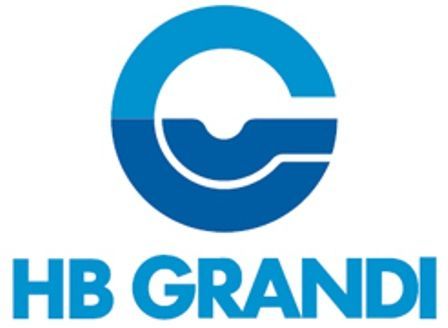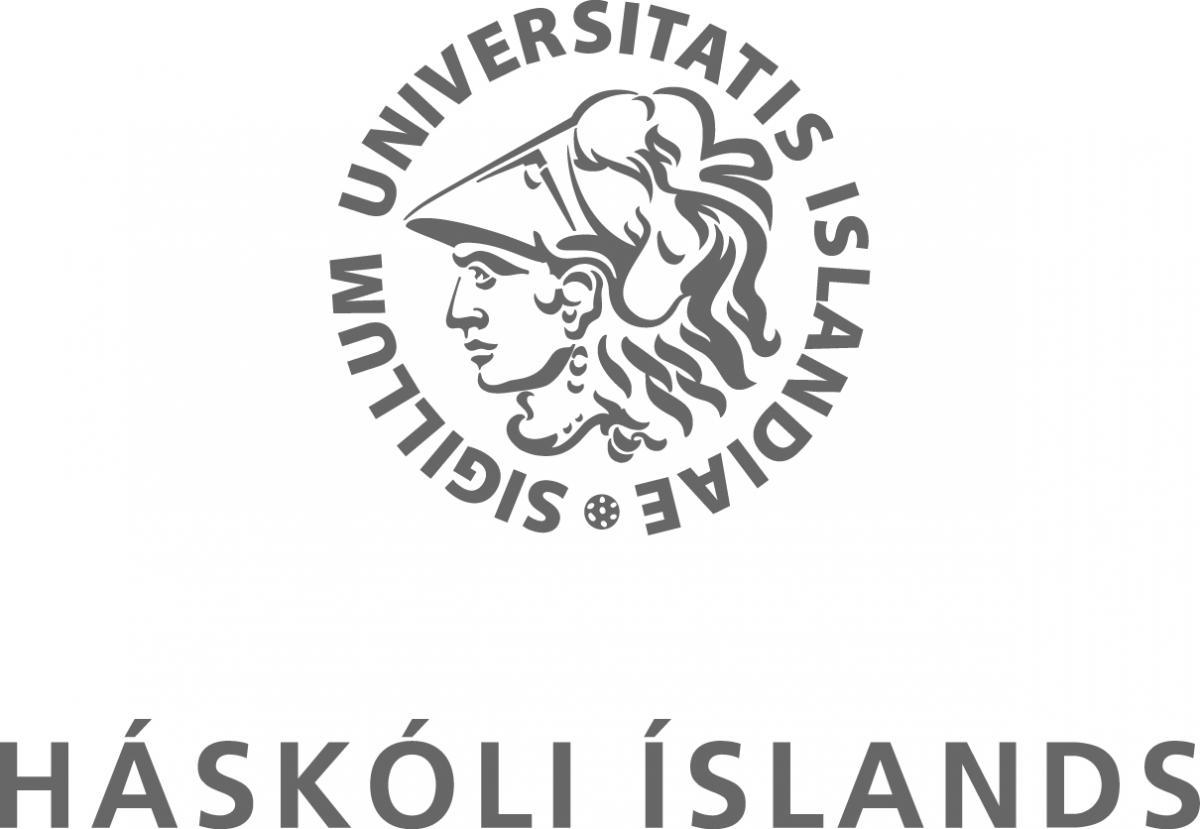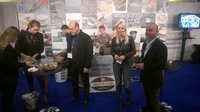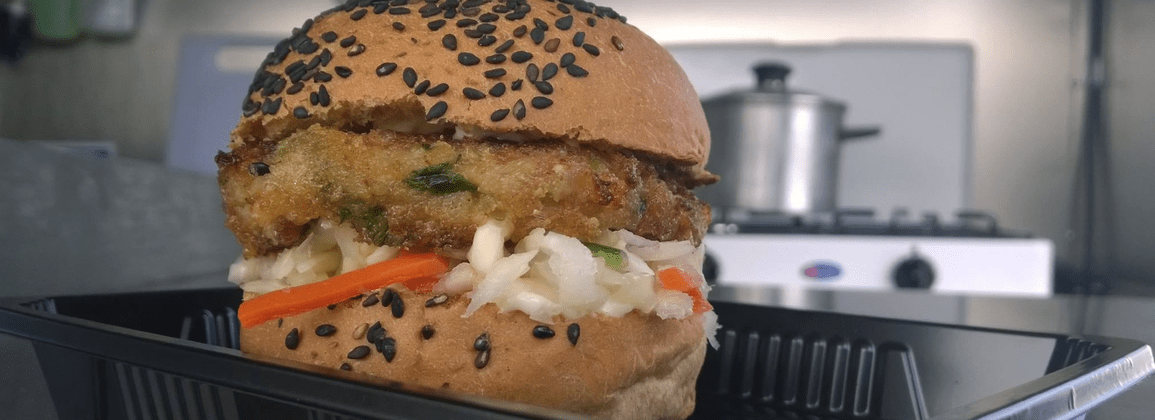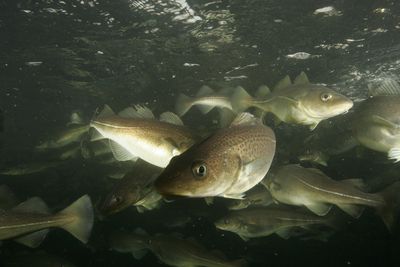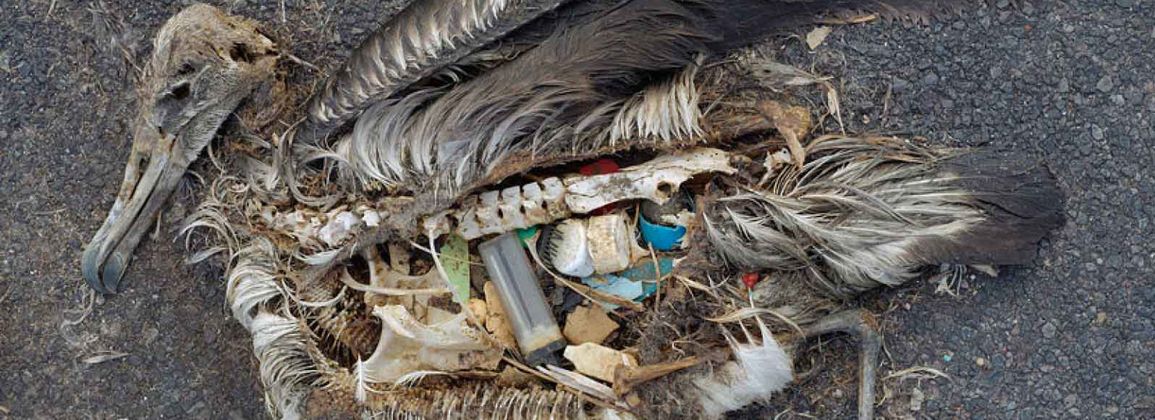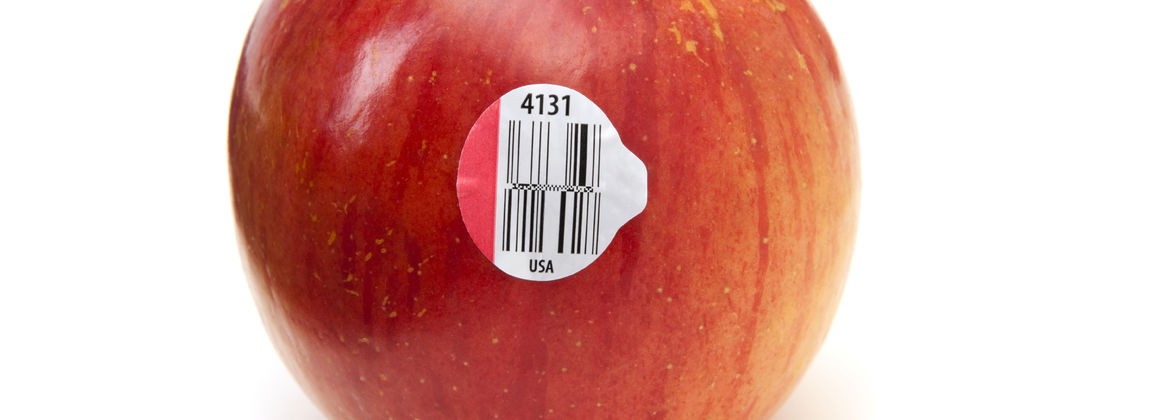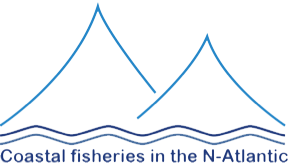The experience of the last decade shows that knowledge is one of the most valuable tools that the Icelandic fisheries sector has at its disposal to increase the utilization and value of marine products. Successful collaboration between researchers and fisheries companies has resulted in a significant increase in value and improved quality of Icelandic seafood.
Matís' experts, in close collaboration with companies, have worked to strengthen knowledge of Icelandic seafood with the aim of increasing value creation in the fisheries sector. HB Grandi is one of the many companies with which Matís has had a successful collaboration. Experience and knowledge in the utilization of resources and the production of marine products is reflected in HB Grandi's work, where great emphasis is placed on advanced technology in fishing and processing and the continuous development of production. "Cooling of redfish in processing and transport" is one of the research projects that Matís and HB Grandi have been working on. The aim of this project was to present improvements in procedures and handling in the processing and transport processes of redfish to ensure the production of safe, high-quality products.
Research on redfish has so far been limited in terms of processing properties, quality and utilization. It is not possible to transfer the acquired knowledge about processing possibilities, for example cod, directly to the redfish due to differences in the chemical composition of muscles, fish size, lifestyle and other factors. Because of this difference, it is important to identify and improve the weakest link in the redfish value chain on its way from fishing through processing to the consumer.
Exports of fresh redfish fillets have been carried out almost exclusively by air, as it has not been possible to ensure a sufficiently long shelf life to utilize other modes of transport, such as shipping. Longer shelf life can be achieved by, among other things, improved handling on board, improved cooling on board and during processing, supercooling during storage and the use of air-conditioned packages. Increased research into shelf life and handling in the production of fresh redfish fillets, which gives the highest prices in the markets, can increase the amount of fresh fillets exported and thus increase the value of redfish production. Research shows that the shelf life of fresh fish can be extended with aerated storage conditions and good temperature control during storage and transport of fresh fish products.
In a collaborative project between Matís and HB Grandi, this way of extending the shelf life of fresh redfish products was extremely interesting. In this light, many embodiments of storage conditions were studied in connection with other factors influencing the processing of redfish. In addition to the importance of continuous cooling, the results indicated that a shelf life of up to 3 days can be achieved with ventilated packaging. With a 2-3 day increase in shelf life, product prices increase directly, as foreign buyers can then have the product on sale for longer and are consequently willing to pay higher product prices.
This project has given us increased knowledge of the processing effects and other handling of redfish throughout the entire value chain of final quality, which will contribute to the increased value of Icelandic redfish products. The knowledge that has been created in this project will also support further research and contribute to improved quality of fish products.


the air is changed according to the normal atmosphere. With this
on the other hand, the microbial flora that thrives can be reduced and changed
in the fish as well as restricted access to oxygen
slower fat development.
For further information Magnea G. Karlsdóttir at Matís.

